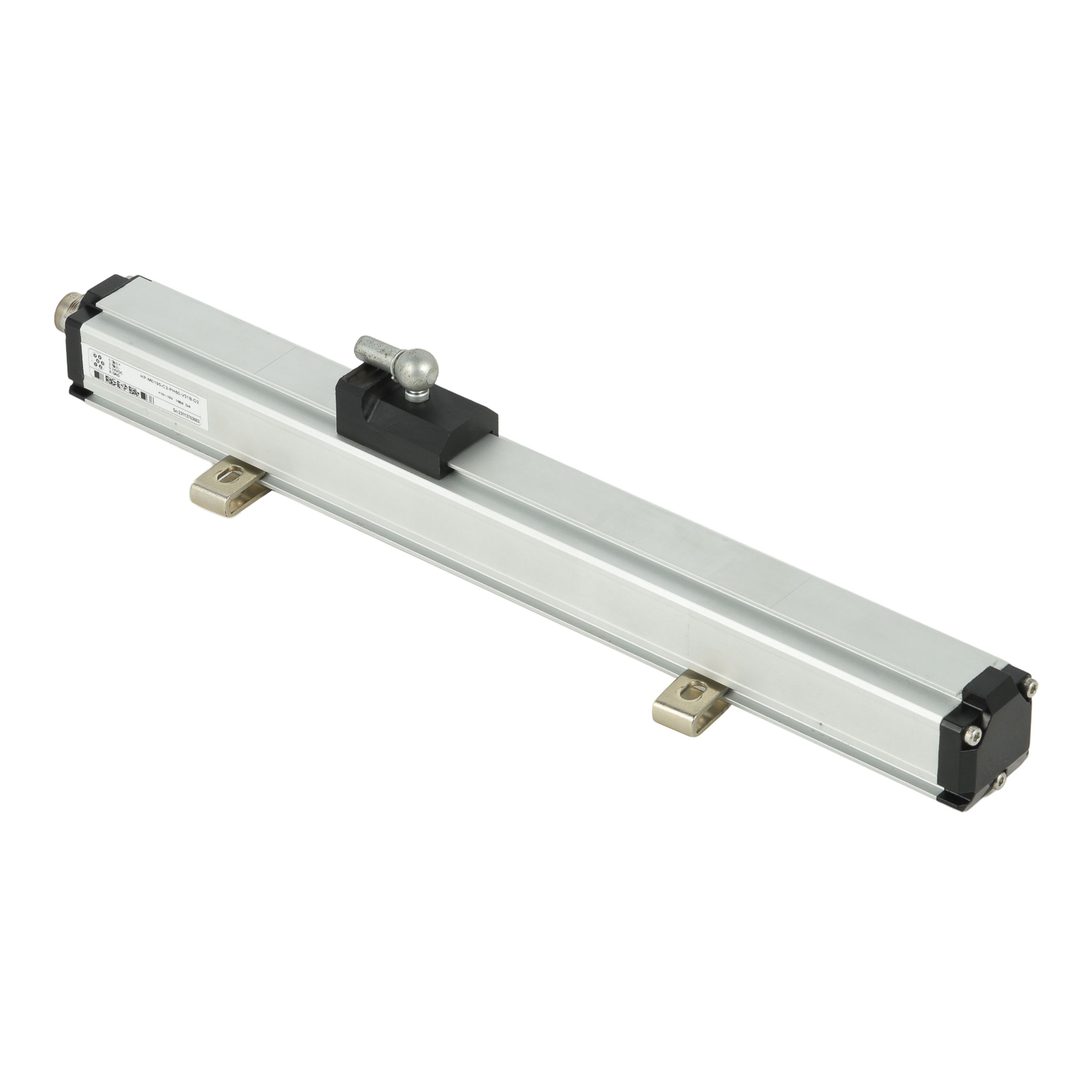What role do magnetostrictive sensors play in smart warehouses?
In the rapidly evolving landscape of industrial automation, magnetostrictive sensors have emerged as critical enablers of warehouse digital transformation. These sophisticated devices leverage the magnetostrictive principle - where ferromagnetic materials change shape under magnetic fields - to deliver unprecedented precision in positioning and monitoring applications. Unlike conventional sensors, they provide absolute position measurement without requiring recalibration, making them ideal for the dynamic environment of modern distribution centers. Their robust design ensures reliable performance even in challenging industrial conditions where dust, moisture, or temperature fluctuations might compromise other sensing technologies.
The core functionality of these sensors revolves around generating torsional stress waves in waveguide tubes when interacting with magnetic fields from moving components. This physical phenomenon enables them to achieve remarkable measurement accuracy within micrometer ranges while maintaining exceptional response speeds. This technical superiority translates directly into operational benefits for warehouse management, allowing real-time tracking of automated guided vehicles (AGVs), robotic arms, and other material handling equipment with minimal latency. The non-contact measurement principle further eliminates mechanical wear, ensuring long-term reliability and reducing maintenance requirements in continuous operation scenarios.
Within smart warehouse ecosystems, these sensors serve as the backbone for automated inventory management systems. They enable millimeter-level precision in locating goods within storage racks, monitoring retrieval machinery positioning, and tracking conveyor system movements. This precise positioning capability allows warehouse management systems to maintain perfect digital twins of physical inventory layouts, ensuring perfect synchronization between digital records and actual stock positions. The sensors' ability to provide continuous feedback enables automated systems to make real-time adjustments to handling operations, significantly reducing errors and improving overall throughput efficiency.

The integration of magnetostrictive sensing technology with IoT platforms has unlocked new dimensions of warehouse intelligence. Modern sensors come equipped with industrial communication protocols like IO-Link, PROFINET, and EtherCAT, allowing seamless data integration into broader warehouse management systems. This connectivity enables predictive maintenance capabilities by monitoring equipment performance trends and identifying potential issues before they cause downtime. The rich data generated by these sensors also provides valuable insights for optimizing warehouse layouts, improving workflow patterns, and enhancing overall operational efficiency through data-driven decision making.
Looking toward future developments, magnetostrictive sensors are evolving to meet the demands of Industry 4.0 and beyond. Advancements in materials science are enhancing their temperature stability and measurement ranges, while improved signal processing algorithms are delivering even higher precision readings. The ongoing miniaturization of electronics is enabling more compact sensor designs that can be deployed in space-constrained applications. These technological improvements, combined with decreasing costs, are making high-precision magnetostrictive sensing accessible to warehouses of all sizes, democratizing advanced automation capabilities across the logistics industry.
The implementation of these advanced sensors translates into tangible business benefits for warehouse operators. Facilities equipped with magnetostrictive sensing technology typically experience significant reductions in operational errors, with some implementations reporting up to 99.8% inventory accuracy. The precise positioning capabilities minimize product damage during handling while optimizing storage space utilization through exact positioning. These improvements collectively contribute to faster order fulfillment, reduced labor costs, and enhanced customer satisfaction through improved delivery accuracy and reliability, ultimately creating a competitive advantage in the rapidly evolving e-commerce landscape.
 UpgradingYourLevelMeasurementS
UpgradingYourLevelMeasurementS
 Why are magnetostrictive level
Why are magnetostrictive level
 ComparingMagnetostrictiveandRa
ComparingMagnetostrictiveandRa
 MagnetostrictiveLevelSensorfor
MagnetostrictiveLevelSensorfor
